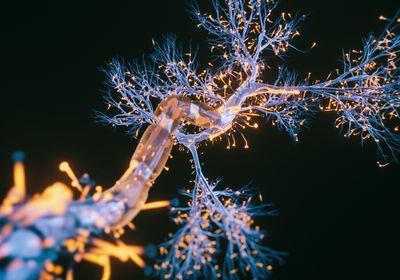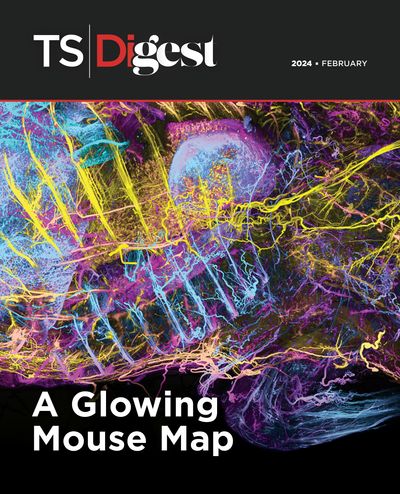Promoting Parenting Practices
Pregnancy hormones help mice prepare to take care of their young by altering activity in neurons.
If you’re expecting to add any miniatures to your family this season, hormones may help you prepare for them by rewiring your brain. Pregnancy hormones cause many changes in the body to prepare for offspring, and in rodents, this includes promoting parenting behaviors.1,2 However, the changes to neurons and their activity that drive these behaviors are poorly understood.3,4
Johannes Kohl, a neuroscientist at the Francis Crick Institute and coauthor of a recent study, and his team explored the influence of these hormones on neurons that control parental behavioral in mice.5 Understanding these changes could help researchers find interventions for postpartum depression or anxiety.
“The brain can prepare itself for specific future behavioral challenges,” Kohl said. “The way it does this is by just listening to the body.”
The team assessed parenting behaviors in female mice, such as retrieving pups and crouching over them, before, during, and after pregnancy by placing two pups into their cages. They also investigated the influence of estradiol (E2) and progesterone (P4) on these activities and on activity in galanin-expressing (Gal+) neurons in an area of the hypothalamus that controls many of these activities.
Even mice that only saw pups before and at the end of pregnancy exhibited more parenting behaviors as pregnancy progressed. However, the loss of either the E2 or P4 receptor impaired these behaviors. Using patch-clamp electrophysiology, the team showed that E2 decreased the baseline of Gal+ neurons but maintained their excitability after stimulation, while P4 increased the number of inputs that these neurons received.
“This is really getting into the details of what different types of hormones are doing in very specific sets of neurons,” said Frances Champagne, a neuroscientist at the University of Texas at Austin who was not involved in the study. “It's really doing a nice job at bringing in some of the newer tools that we have now that weren't available back in the 1980s to really dissect out that plasticity and how it's represented with a particular focus on behavior.”
References
- Bridges RS, et al. Proc Nat Acad Sci. 1990;87(20)8003-8007
- Moltz H, et al. J Comp Physiol Psychol. 1966;61(3):455-460
- Corona A, et al. Cell Rep. 2023;42(7)
- Glat M, et al. EMBO J. 2022;41(24)
- Ammari R, et al. Science. 2023;382(6666):76-81


